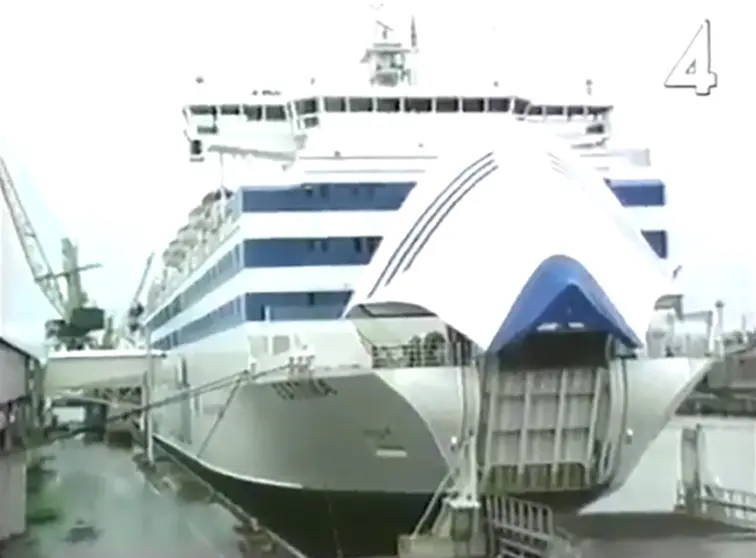Estonia's government agreed on Thursday to prepare for the further investigation into the 1994 sinking of the Baltic Sea passenger ferry M/S Estonia, that claimed 852 lives. Among those killed were people of 17 nationalities, 10 of them Finns. The vast majority were Swedish (501) and Estonians (285).
The cabinet decision was made after a documentary released earlier this week showed new underwater footage of the M/S Estonia wreck, with images of a large, previously unknown hole in the wreck.
"We will continue our efforts and cooperate with Finland and Sweden to answer all the questions that have arisen in the light of the new information," Prime Minister Jüri Ratas said in a statement.
Ratas underlined that a further investigation must be carried out based on previous work in investigating the sinking and in accordance with a 1995 agreement, declaring the wreck a grave site and banning diving there.
A 1997 inquiry established that the ferry sank after its bow door was ripped off in a storm while en route from the Estonian capital Tallinn to Stockholm. Of the 989 people aboard, only 137 survived the ordeal on 28 September 1994.
Joint statement
Estonia, Finland and Sweden this week said in a joint statement they would conduct a possible investigation together, under the leadership of Estonia, the ship's flag state.
The government said Estonian organizations representing relatives of the victims were to be consulted.
The ferry sinking is considered to be the worst shipping disaster in Europe after World War II.
Speculation about the cause of the accident has continued. A recent interview by Margus Kurm, a former Estonian prosecutor and member of a 2005-09 probe, reignited the issue by saying the new information about the hole in the hull suggested that the ferry likely sank due to a collision with a submarine.












